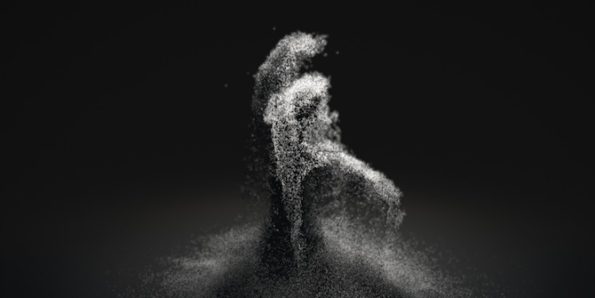Search
To search for an exact match, type the word or phrase you want in quotation marks.
A*DESK has been offering since 2002 contents about criticism and contemporary art. A*DESK has become consolidated thanks to all those who have believed in the project, all those who have followed us, debating, participating and collaborating. Many people have collaborated with A*DESK, and continue to do so. Their efforts, knowledge and belief in the project are what make it grow internationally. At A*DESK we have also generated work for over one hundred professionals in culture, from small collaborations with reviews and classes, to more prolonged and intense collaborations.
At A*DESK we believe in the need for free and universal access to culture and knowledge. We want to carry on being independent, remaining open to more ideas and opinions. If you believe in A*DESK, we need your backing to be able to continue. You can now participate in the project by supporting it. You can choose how much you want to contribute to the project.
You can decide how much you want to bring to the project.

In theory, a body can’t have a true corporality and at the same time be a series of 0s and 1s on a screen. In the strictest sense, our identity is still tied to our physical presence and consequently to everything that surrounds us. Our corporality is also tied to the physical dimension of existence. Though at the same time the virtual presence is accentuated, the relation between the physical presence, virtual identity, and digital corporality is becoming increasingly more blurred.
Various artists have begun to explore digital reality in search of forms of representation capable of portraying this identity and virtual corporality. A difficult endeavour, due to its intangible nature, that demands new contexts, tools and working methods.
Digital art has achieved something that painting, despite its infinite intents, has not managed to do, nor ever will: reduce the human form to its most minimal essence, converting it into an abstract manifestation but at the same time one granted with all the corporality that a body in 3D can suggest, entirely capable of representing human movement.
The digital environment is capable of transforming any abstract form into a manifestation in movement, from the action of walking to the complex interaction of dance. We’re not talking about gestures based on self-generated algorithms. We’re talking about the representation of the real movements of a human being that thanks to the techniques of capturing movement, are recompiled, compiled and reproduced in the tiniest detail. To this are added the possibilities that Cg offer to the digital artist, making it possible to create an environment where the sensation of space is almost real and where the presence of cyber entities is manifested through volumetric forms.
The result is a new artistic imaginary where corporality becomes digital and the physical ’id’ confronts the virtual one. A territory plagued with cyber entities that come alive, thanks to human movement.
One example of this is CELL, a work by Keiichi Matsuda and James Alliban, an interactive installation that creates a “virtual mirror” for the digital identity through the “Digital Aura”, the interlinked personal information that forms the virtual identity, represented in the form of a conceptual cloud. The virtual presence is shown through this “interactive” mirror, where abstract manifestations look at the spectator from the other side of the screen. CELL unites the concepts of virtual identity and digital corporality. The humanoid forms are made up of fragments of information that multiply as the virtual identity develops. They pursue the spectator through the room, traversing its perimeter in slow motion. But their way of walking, their peculiar oscillation and their members create a digital being based on the schematised form of the human body.
Other examples of the search for the contemporary ’id’ are “Future Self” by Random International, Unnamed Sound Sculpture by Onformative and Made by Humans by Universal Everything. They are all based on human movements as a reflection of the essence of the ’id’. In this way, a simple interactive experience is transformed into a search for identity. The work captures the movement through light or movement, creating a virtual living sculpture, configured out of each gesture of the participants, creating a luminous being that shudders to the rhythm of the gestures of a real person.
The three projects are experiments that reflect how the presence of the human body in the digital environment has the opportunity of mutating and transforming into an abstract manifestation of movement, completely ignoring the real representation required by the physical world. Here the human body is malleable, capable of being perceived in all its corporality despite being reduced to the trace and trajectory of a latent, dynamic movement. They all suppose a confrontation between the real being and the freer, more daring, virtual id.

Verónica Escobar Monsalve is a restless soul, with a digital nature and an analogue heart. Her investigations centre on art and culture that mix the digital world with pre-digital thought. Art and culture that is capable of reflecting the complexity of today’s world. She believes in the vital importance of a critical spirit and how this can be applied to any facet in life, however difficult it may be.
"A desk is a dangerous place from which to watch the world" (John Le Carré)